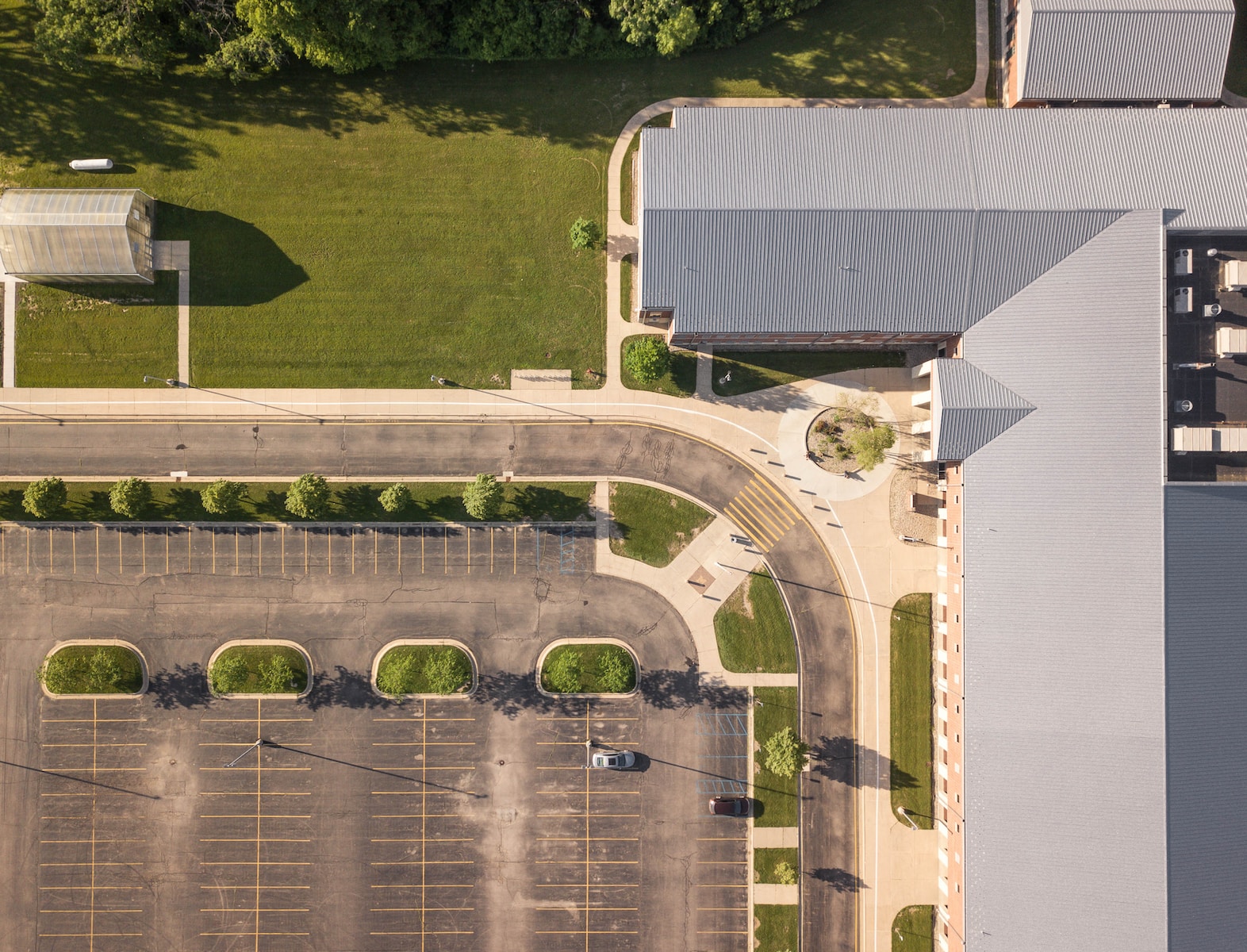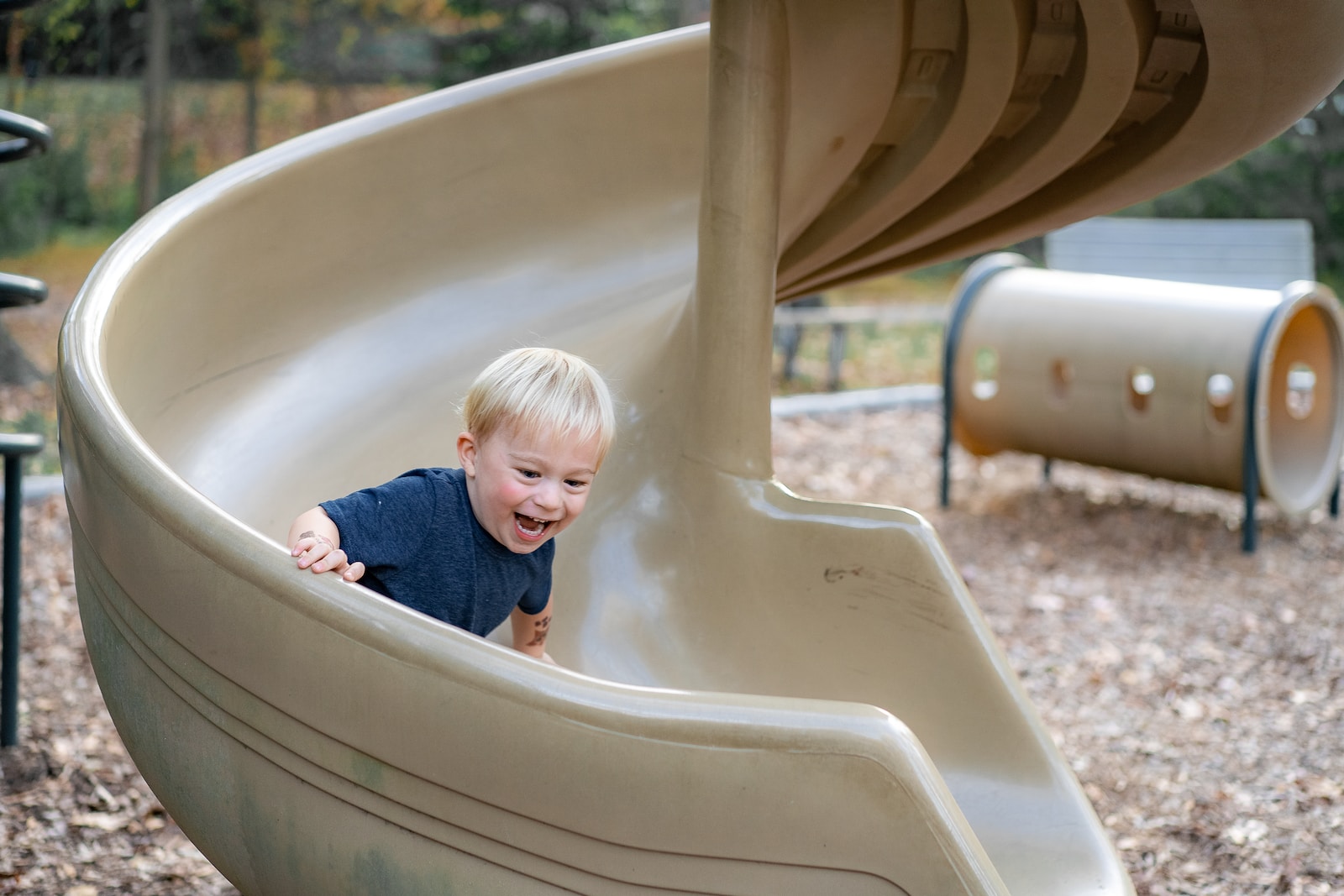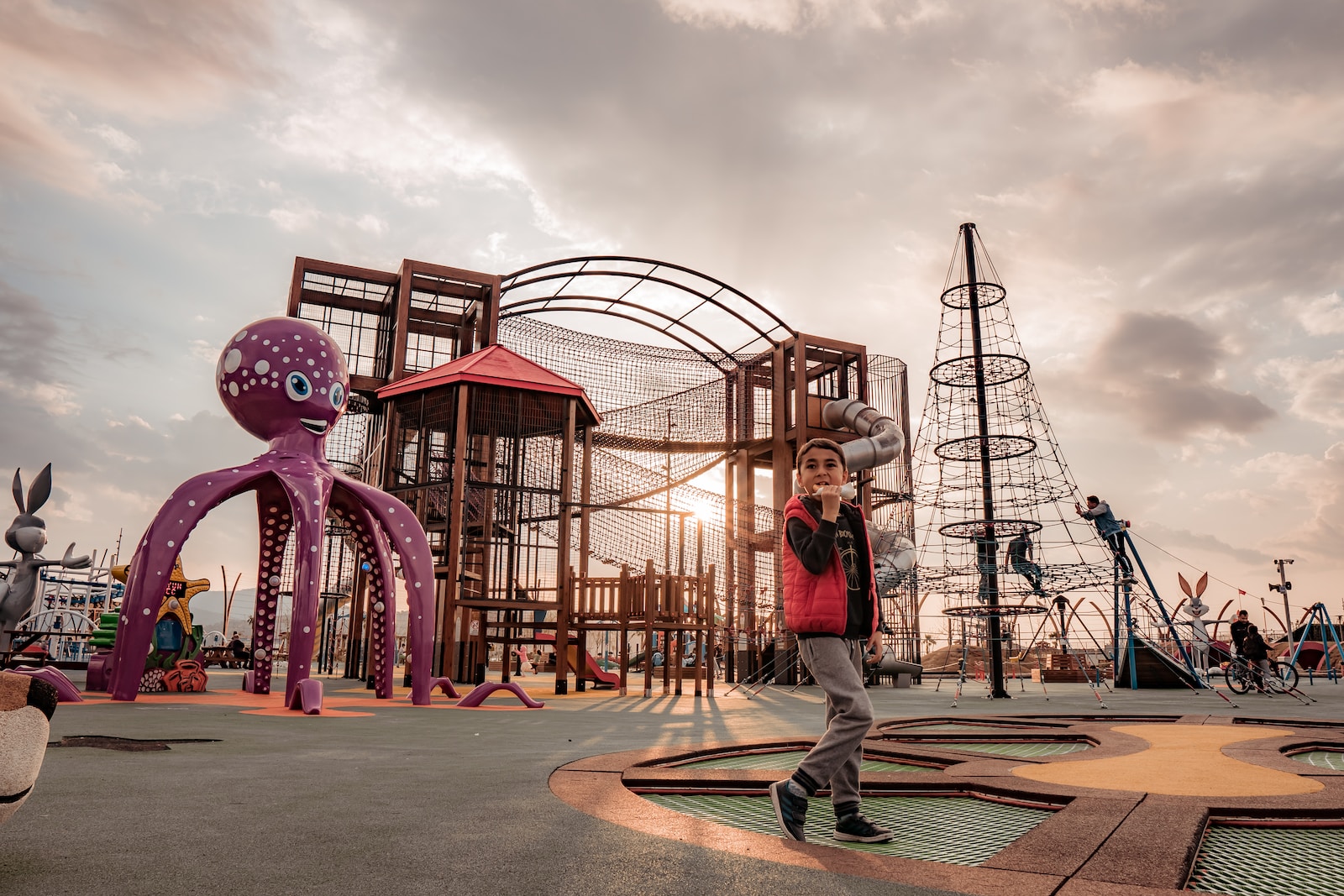Abstract
Background: It remains unclear if schoolyard interventions “just” provide more opportunities for those children who are already active. The authors wanted to investigate schoolyard use and physical activity (PA) among the least-active children during recess following schoolyard renewals. Methods: An intervention study design with preresults and postresults comparison was used. Accelerometer and global positioning system data were collected at 6 Danish schools from 553 children at baseline and 439 after renewals (grades 4–9). Based on mean minutes of recess moderate to vigorous PA per child per school, the least-active children were defined as all children in the lowest activity quartile at baseline and follow-up, respectively. Results: One hundred and thirty-five children (70% girls) at baseline and 108 (76% girls) at follow-up were categorized as the least-active children. At follow-up they accumulated more time (12.1 min/d) and PA (4.4 min/d) in the schoolyard during recess compared with baseline. The difference in schoolyard PA found for the least-active children was relatively small compared with the difference for all children. Conclusions: Solely improving the physical schoolyard environment seemed to have limited impact on the least-active children’s PA. Future studies should investigate the complex interrelations between the least-active children and the entire schoolyard environment.
Journal: Journal of Physical Activity and Health
Year: 2020



